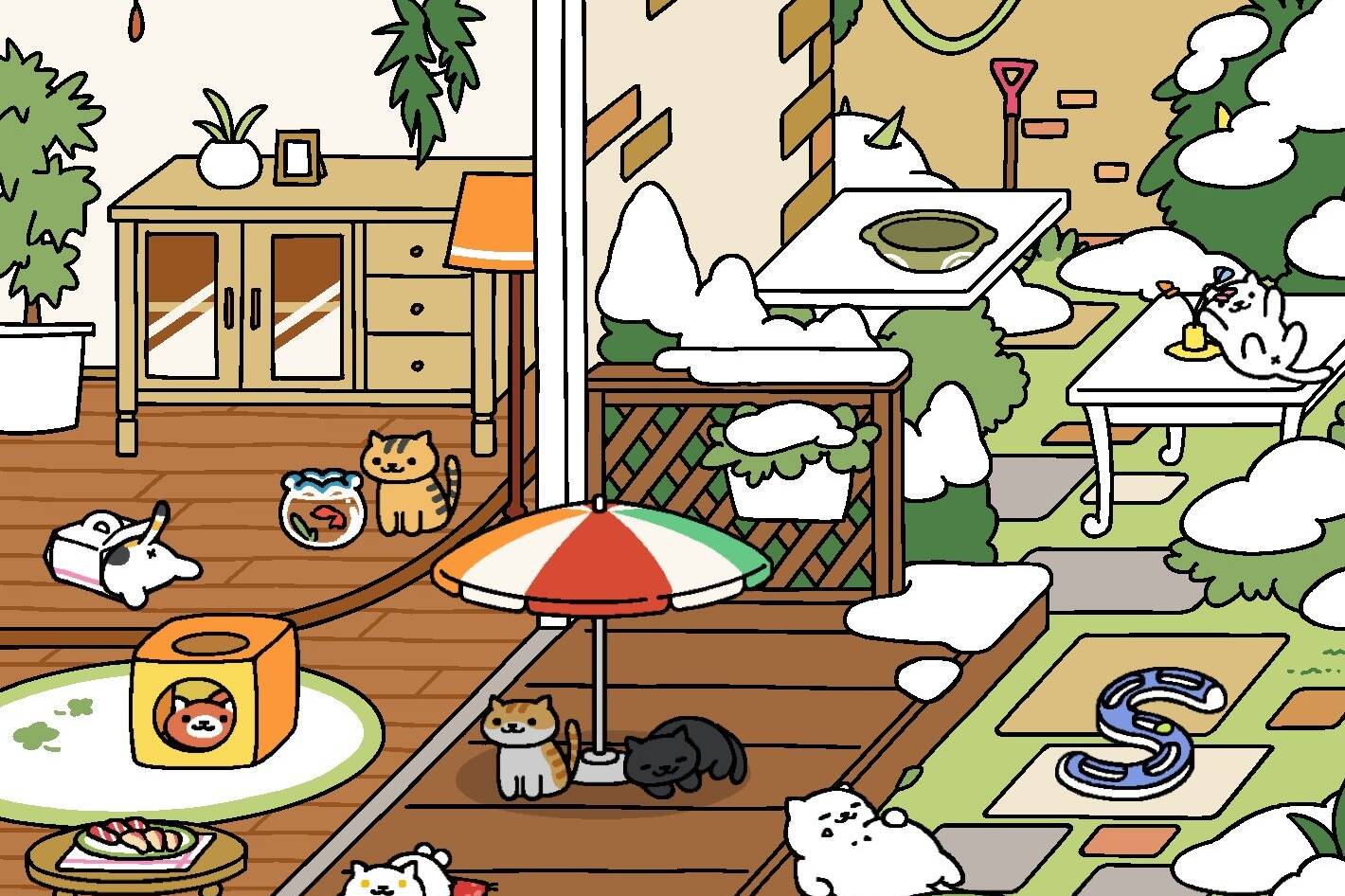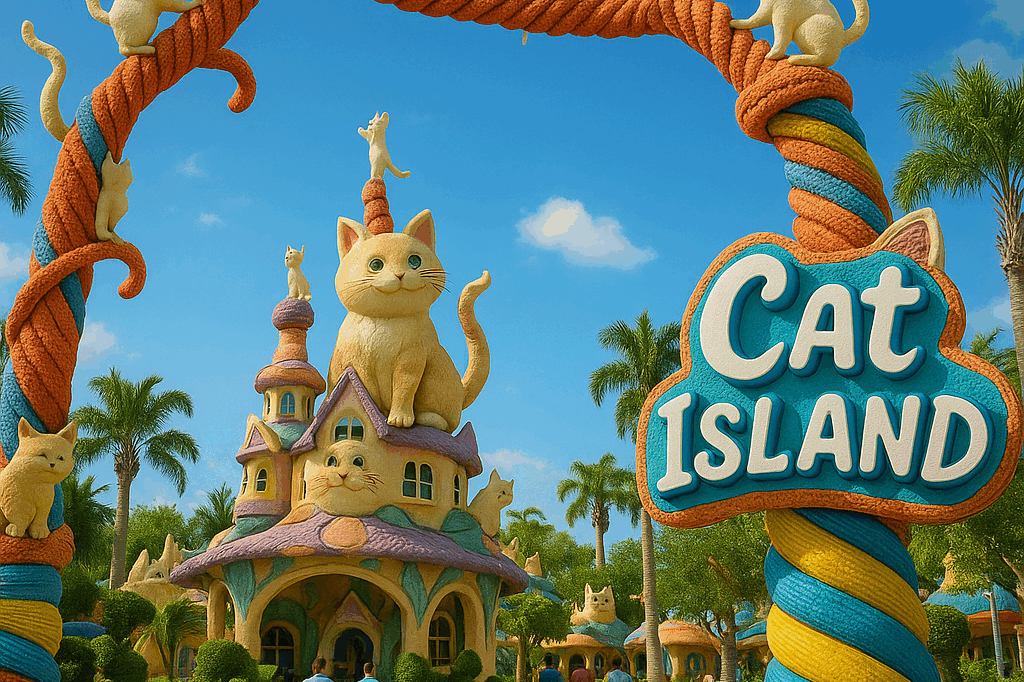How do you design an experience that encourages repeat visitors? This blog post will highlight strategies that entice guests to return over and over again. We reference a few real-world examples that we hope will inspire you!
Note: this post is not sponsored by any of our examples (nor anyone else!)
Make it Fun to Do
We may as well state the obvious: build on a physically enjoyable activity. Theme parks and arcades have mastered this. Some people like speeding in open air at 60mph. Some people like tossing rings.
There’s been a rise in claw machine stores around New York City. Considering how basic the technology is, this might seem surprising. From an experience design perspective, it is not: claw machines evoke specific and exciting feelings: the hyper-focus of setting the claw, and the anticipation as the claw encircles a prize. I play even though I have never won, nor wanted, any of the prizes.
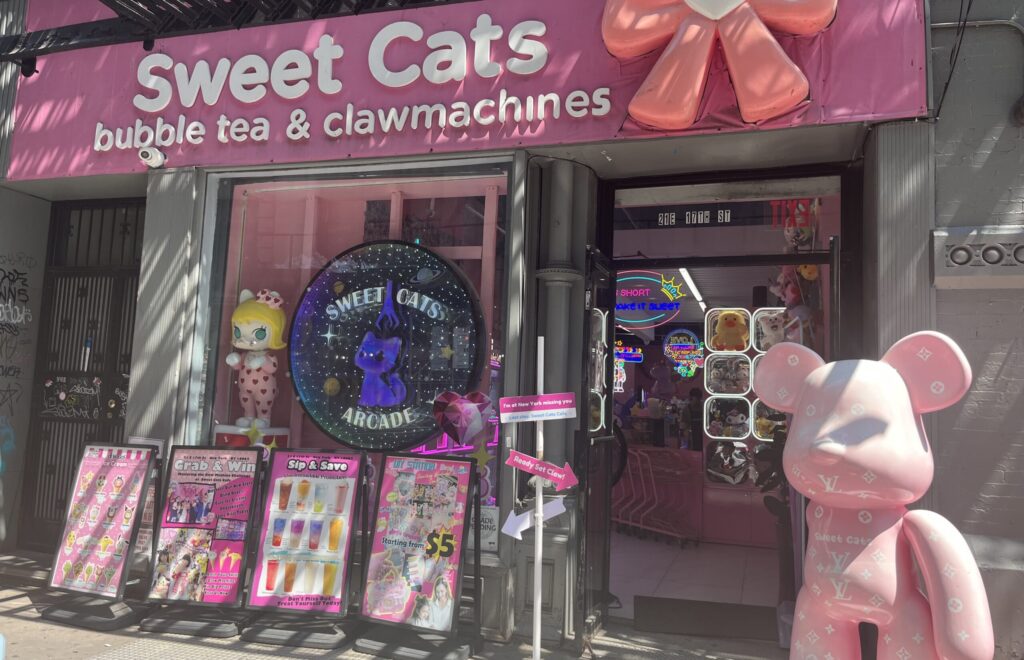
Switch Up the Content
Guests will return to experience variety. At Level99, guests participate in challenges running the gamut from mental to physical. Because there are many challenges, the owners can easily renovate a small number of them at any given time. This permits them to cycle through different content. (That said, many of the challenges are fun to repeat, e.g. crossing a rope suspended in midair. Three years of aging raised the difficulty level for me.)
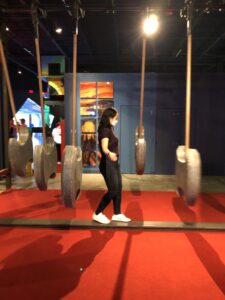
Schedule Rewards
Imagine a digital arcade machine that serves different games. When should the games change? If we want guests to stay at the machine for as long as possible, the content should cycle randomly. If we want guests to return throughout the day, the games couldchange on an hourly basis. If we want guests to return throughout the year, the cycle could be seasonal.
People are most likely to repeat a behavior if the reward is on a variable ratio schedule. This means that the guest cannot predict exactly when they will be rewarded for participating in the activity, nor can they predict the size nor content of the reward. Variable ratio reinforcement is famously used by slot machines. Because most casinos have many slot machines, the operational goal is to make guests stay for as long as possible. There is no downside to using variable rewards to extend the duration of the experience. If guests have to wait in line to participate, you probably don’t want to use a variable ratio schedule, because that will make the line slower.
On a fixed ratio schedule, guests know exactly how many times they have to do something to be rewarded, and they know what the reward will be. A concert venue could give a guest a sticker for seeing five of their concerts. A venue may choose a fixed ratio schedule because a concert ticket is much pricier than a round at a slot machine, and therefore less frequent. If the venue gave prizes varying in size, content, and even schedule, a guest may feel cheated, e.g. if they think another guest got a better reward than they did.
Track Individuals
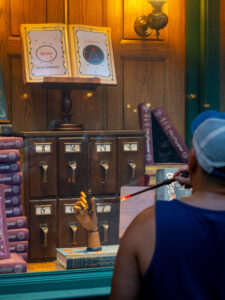
It is extremely helpful to track individuals in order to reward guests for repeats. It’s not necessary (see: the button that makes different sounds), but it opens up many opportunities.
Tracking can be as simple as keeping someone’s cumulative point total. Level99 associates points with email accounts, which guests were going to share anyway as part of signing a waiver. Beating challenges awards points, and visitors can use cumulative points to acquire free food and merchandise. I hope to earn a free pretzel during my next visit.
We can enable more rewards by tracking individual progress in depth. GP specializes in configuring and tracking individual guest data in order to customize experiences. By defining and tracking different guest states, we serve a variety of rewards and experiences based on guests’ personal history and preferences.
The Wizarding World at Universal Orlando Resort varies its content based on guests’ house (team), wizarding level, and adventures. In adventures, guests follow narrative storylines that guide them from one wand location to another. Some wand locations serve special adventure content, encouraging guests to return to a location they’ve already visited.
Conclusion
When thinking about encouraging return visits, the first model that comes to mind might be pretty literal, e.g. buy 10 coffees, get 1 free. A broader concept of rewards, including special and possibly personalized moments, can open up many more opportunities. By considering repeat visitors in the early stages of design, we can create an experience where returning feels organic, and maybe even essential.


